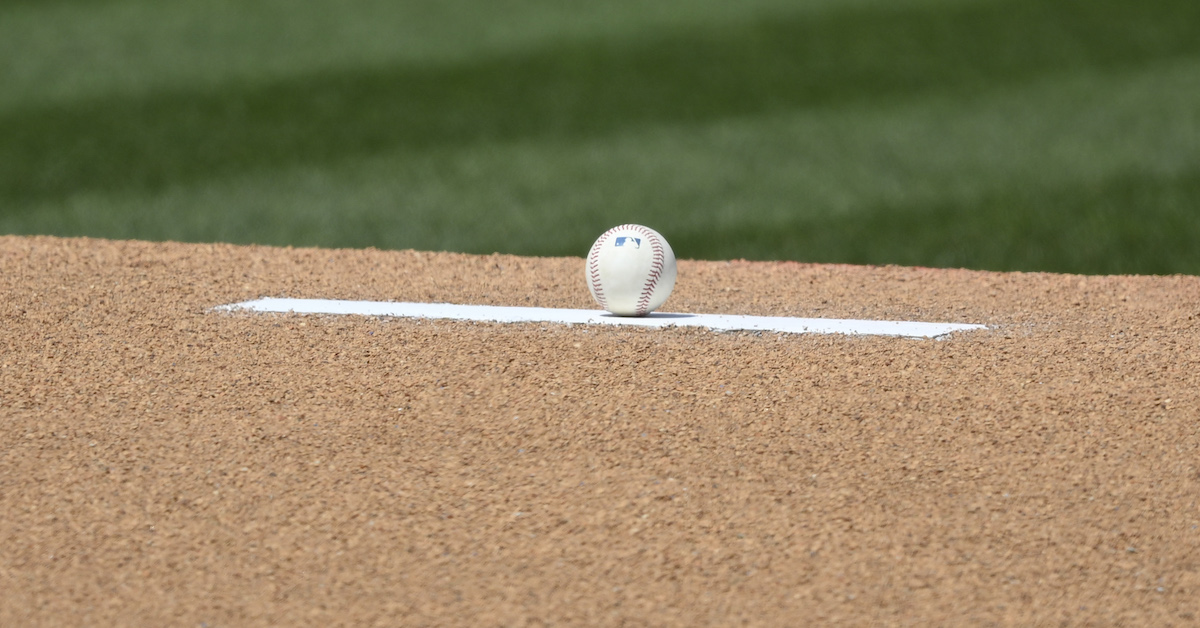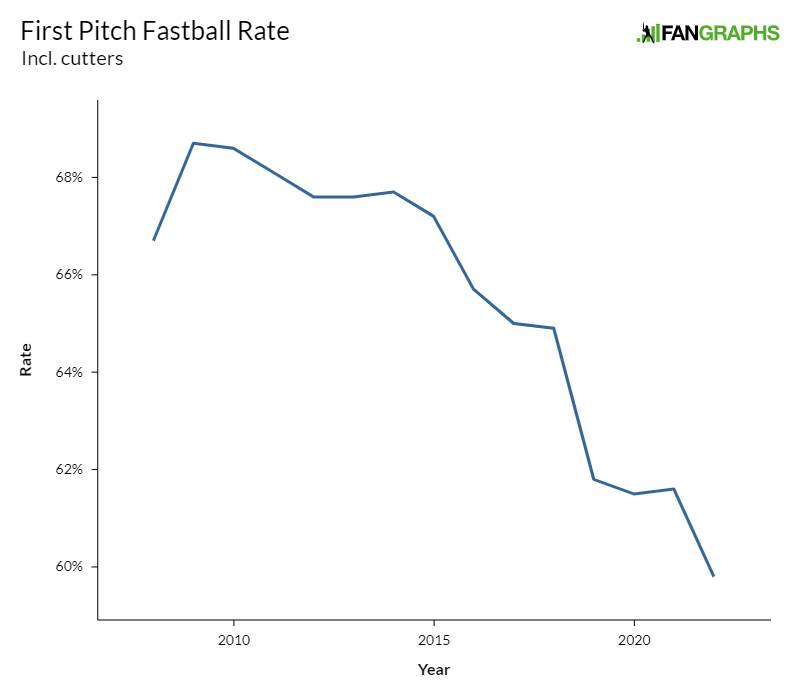Jeff McNeil, Secret Strike Zone Wizard

Jeff McNeil has been pretty good so far this year. He’s hitting .328/.388/.492, good for a 163 wRC+. He’s starting all over the field, making the Mets’ complicated lineup decisions easier. That’s great! That’s all good. Today, though, I’m more interested in the fact that he’s displaying strike zone judgment usually reserved for Juan Soto, Joey Votto, and God.
McNeil has always been one of the most aggressive hitters in baseball. That hasn’t changed this year. Here are the hitters who swing the most at pitches in the strike zone:
| Player | Z-Swing% |
|---|---|
| Jeff McNeil | 87.4% |
| Avisaíl García | 85.1% |
| Corey Seager | 85.1% |
| Tim Anderson | 84.0% |
| Ryan Mountcastle | 83.9% |
This is not news. From 2018-21, his career prior to this year, McNeil led baseball in zone swing rate. This year, he leads baseball in zone swing rate. He is continuing to do what he’s always done! More at 11.
But wait, there is more. You know how these swing-happy types work. Take a look at the list again. García has a career 6.3% walk rate and it’s heading lower this year. Anderson has a career 3.5% walk rate. Mountcastle hardly walks for a slugger. Seager – well, okay, Seager is just great. But swinging a lot at pitches in the strike zone also generally means swinging a lot at pitches outside of the strike zone.
Indeed, García and Anderson are the two hitters chasing the most pitches outside the zone. Mountcastle is in the top 15. Seager – yeah, still great. But McNeil is nowhere near that! He’s chasing only 29.1% of pitches outside the zone, a lower rate than the league as a whole and by far a career low. His in-zone swing rate, by the way, is a career high. Did Jeff McNeil crack the code? Read the rest of this entry »








